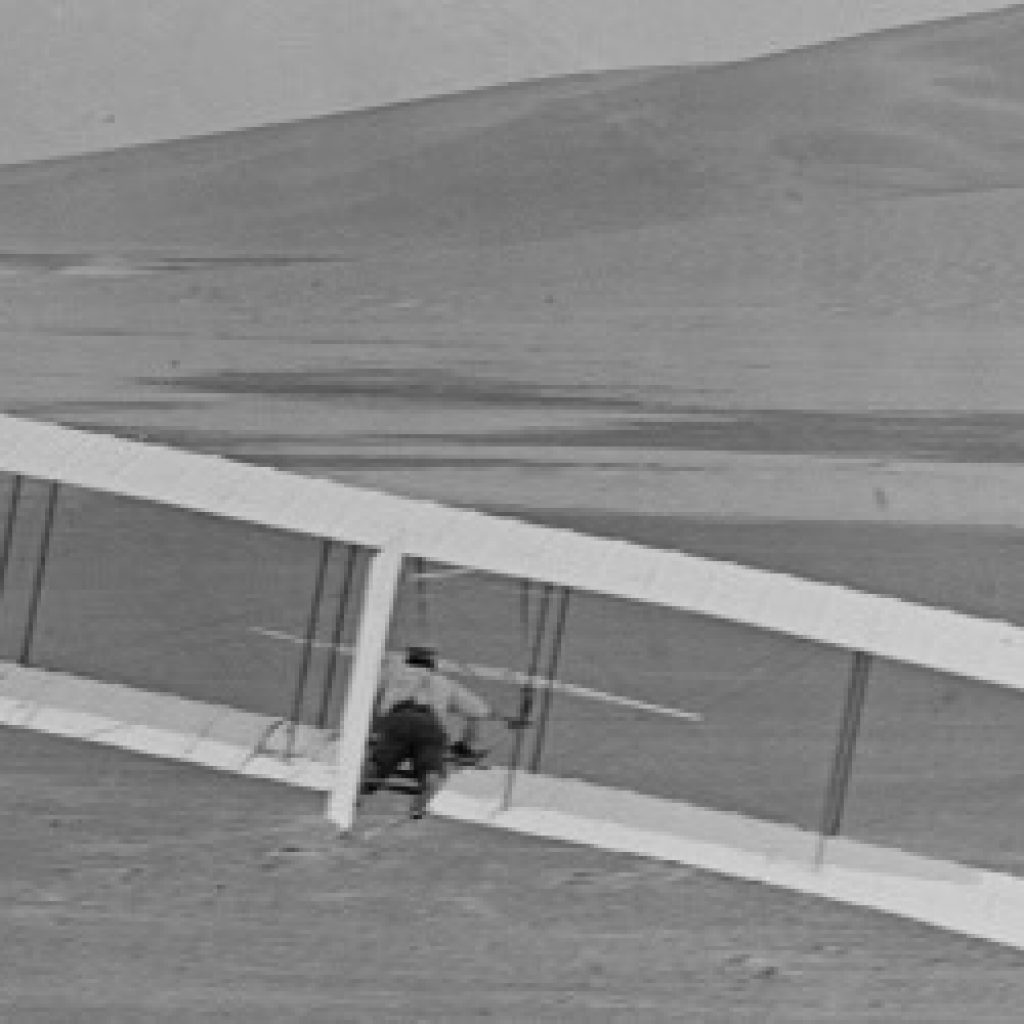(APS.org) A major hurdle on this decades-long track is to build a machine capable of correcting hardware errors in real time. “Quantum error correction is how we’re going to turn the noisy qubits we have right now into actual devices capable of solving real-world problems,” says Ted Yoder, a theorist working at IBM.
Theorists began considering quantum error correction more than two decades ago, researchers have only recently begun to move toward actual experiments. “We’re transitioning from being mostly a theorist’s playground to actual practical implementation,” says Yoder.
A collaboration between IBM and Raytheon, for example, has recently reported a demonstration of error correction in real time using five qubits. Meanwhile, on the theoretical side, researchers continue to optimize existing codes and develop mathematical formalism to better understand how the algorithms work. Another active area of research is how to apply theoretical insights to existing quantum hardware.
Michael Biercuk of the University of Sydney, on the other hand, has founded a startup company called Q-CTRL (pronounced “cue control”) that sells machine learning-driven tools to identify and minimize hardware errors in the first place.
This design approach is called “control engineering,” and is inspired by the way the Wright brothers invented the first airplane. Prior to the Wright brothers, airplane developers avoided giving pilots much control over the aircraft, instead trying to make an airplane that flew mostly on its own. “The Wright brothers said, ‘Forget that,’” says Biercuk. “They were bicycle engineers. They knew that you can ride a bicycle upright down the street with a lot of control. They took that mindset and applied it to the development of aircraft.” Most famously, the Wright plane flew with deformable wings whose shape the pilot could control.
Wright Brothers ‘Control Engineering’ Approach Inspires Quantum Technologists Working on Quantum Error Correction
